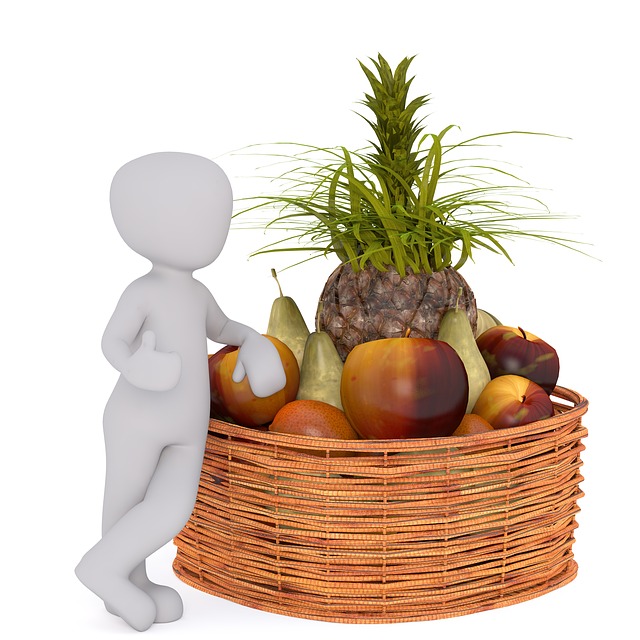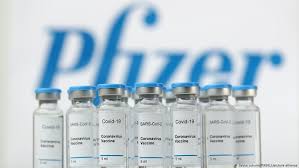
It helps your body absorb calcium and maintain proper serum magnesium and phosphate concentrations. There are three important nutrients for your teeth, muscles and bones. These brain developmental heart functions also play an important role in your immune system and mental health.
Low vitamin D levels are spreading around the world. Symptoms of D deficiency include fatigue, muscle aches, weak bones and stable growth in children.
To maintain a proper level
Children under 12 months of age should receive 400 IU (10 mcg) of vitamin D daily, while children aged 1–13 should receive 600 IU (15 mcg) daily. Adults and pregnant or nursing women should have approximately 600 and 800 IU (15 and 20 mcg).
If you are a vegetarian then
Here are six good sources of vitamin D supplementation

- Sunshine Skin your can produce vitamin D when exposed to the sun’s ultraviolet B (UVB) rays. Most people get the least amount of vitamin D this way.
According to the National Institutes of Health (NIH), exposing your face, arms, legs or sunlight twice a week without a sunscreen is usually enough to produce maximum vitamin D levels.
However, depending on your geographical location or climate, achieving this level of direct sun exposure may not be practical.
Additional factors such as weather, time of day and degree of pollution or smoke, as well as your age, skin color and use of sunscreen also affect your skin’s ability to produce adequate amounts of vitamin D.
For example, a smoky or very cloudy day can reduce the power of UV rays by up to 60%. In addition, older adults and people with darker skin tones may need more than 30 minutes of sun exposure to produce enough vitamin D.
Sun excessive exposure increases your risk of skin cancer. Therefore, the American Academy of Dermatology urges people not to rely on the sun as their main source of vitamin D.
Your skin produces vitamin D after direct exposure to the sun.

- Some mushrooms
All the best Mushrooms have a unique ability to make vitamin D when exposed to UV light. This could make it the only vitamin D edible plant.
For example, wild mushrooms and those exposed to artificial UV light can serve anywhere from 154 and 1,136 IU (3.8 and 28 mcg) to 3.5 ounces (100 grams) of vitamin D.
What’s more, their vitamin D content is very high for their shelf life and it is effective in increasing the level of extra vitamin D in your body.
Most commercial mushrooms grow in the dark and are not exposed to UV light, which means they are low in vitamin D.
When shopping, look for a note on the label that mentions vitamin D content. If you’re having trouble finding mushrooms associated with UV light, you may have a better guide to your local health food store or farmer’s market that often carries wild mushrooms.
Be aware that not all wild mushrooms are edible. Poisonous food can cause symptoms ranging from mild indigestion to organ failure and death. That way, you don’t have to worry about your own wild mushrooms unless you have good skills.
UV-exposed mushrooms contain a variety of vitamin D levels and are just as effective at boosting vitamin D levels as supplements, although most traditionally grown mushrooms are exposed to UV rays and very little of this vitamin. Do not face the port.

- Egg yolk
Egg yolks provide vitamin D, although their specific amounts depend heavily on the chicken’s diet and access to the outside.
For example, chickens fed vitamin D-enriched feed can fill up to 6.00 IU (150 mcg) per unit, while conventional feed chickens contain only 18–39 IU (0.4–1 mcg). ۔
Similarly, hens are allowed to roam outside in the sun and usually lay eggs that are many times more vitamin D than chickens kept at home.
Free range or organic eggs are high in vitamin D. The label may also indicate that the eggs are rich in these nutrients.

- Cheese
Most important cheese is a natural source of vitamin D, albeit in very small amounts.
Most doses contain 8-28 IU (0.2-0.6 mcg) of vitamin D per 2 ounces (50 grams). Levels vary depending on the type of cheese.



